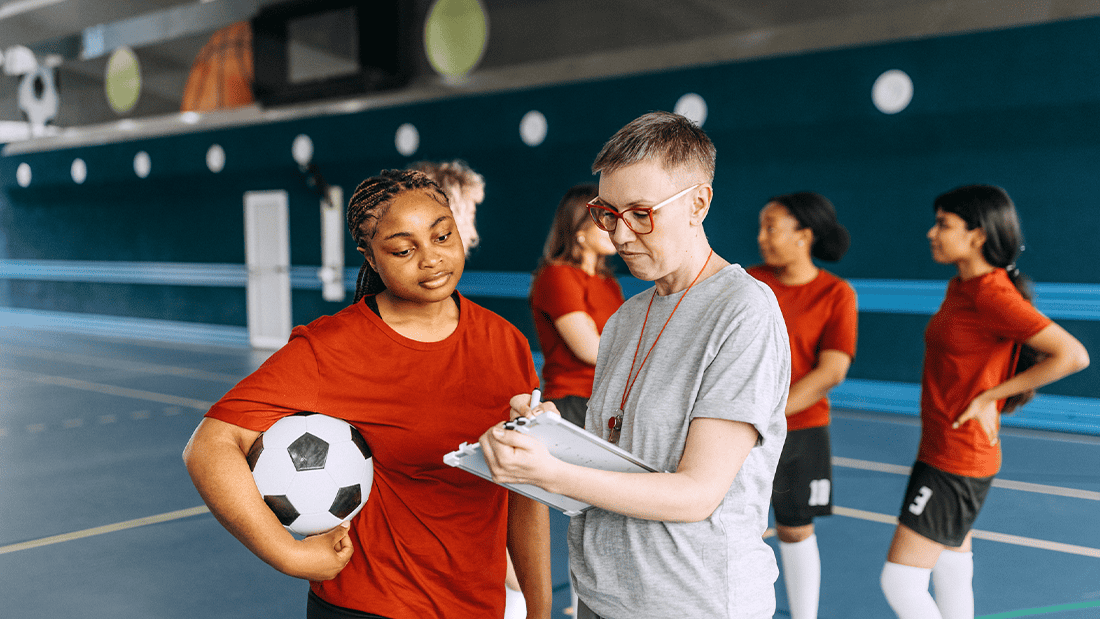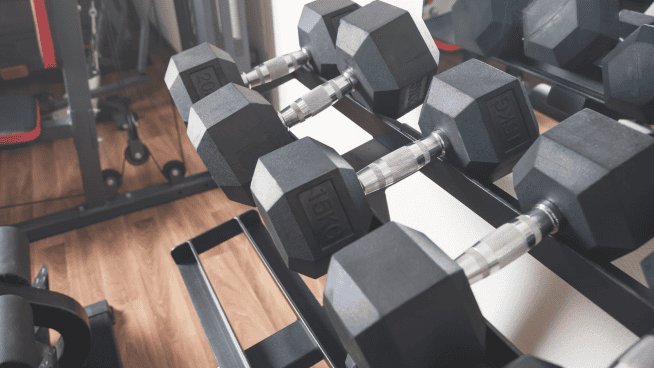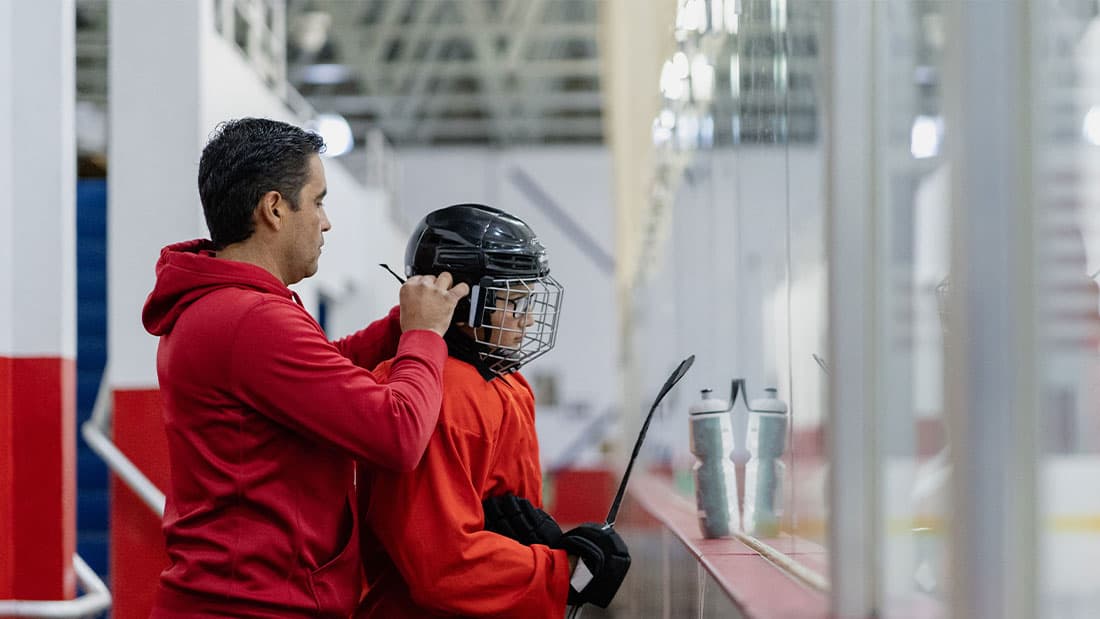Effective Baseball Strength Training Routines
Baseball players are always looking for ways to improve their performance on the field. Two strength training methods can be really helpful for them: Agonist and Antagonist Training and Complex Training. Agonist and Antagonist Training involves exercises that balance your strength by alternating between pushing and pulling movements. Complex Training, on the other hand, focuses on making your strength more explosive.
If you do Agonist and Antagonist Training for four weeks, you’ll be ready to move on to Complex Training and see some great results!
Agonist/ Antagonist Training
Agonist and antagonist training involves working with opposing muscle groups in a balanced manner, for example, pairing a pull-up with a shoulder press. For baseball players, incorporating this type of training into your strength and conditioning program can offer several benefits.
Muscle Balance and Symmetry
Agonist and antagonist training helps maintain a balance between opposing muscle groups. This balance is crucial for preventing muscle imbalances, which lead to poor posture, reduced athletic performance, and an increased risk of injuries.
Joint Stability
Training both agonist and antagonist muscles contributes to joint stability. This is particularly important in baseball, where players frequently engage in explosive movements, rotations, and dynamic actions that stress joints like the shoulders, elbows, and knees.
Improved Functional Movement
Baseball requires a combination of strength, power, and flexibility. Agonist and antagonist training ensures that both sides of a joint work together efficiently, enhancing functional movement patterns for hitting, throwing, and fielding.
Injury Prevention
By addressing muscle imbalances and enhancing joint stability, agonist and antagonist training reduces the risk of injuries, especially those common in baseball, such as shoulder and elbow injuries. This type of training promotes a well-rounded, resilient musculoskeletal system.
Enhanced Performance
Balanced muscle development contributes to overall strength and power. As baseball involves various movements, from sprinting to rotational actions, having well-trained agonist and antagonist muscles can improve performance on the field.
Rehabilitation Support
For players recovering from injuries, agonist and antagonist training can be valuable in rehabilitation programs. It allows for targeted strengthening of both sides of a joint, aiding in the recovery process.
Efficient Workouts
Pairing agonist and antagonist exercises in a workout can be time-efficient. This type of training often involves alternating between exercises for opposing muscle groups, allowing for effective workouts in shorter durations.
Agonist/ Antagonist Routine
Perform 3-5 sets of 5 reps for each exercise at 85% 1RM— rest 2-3 minutes between sets.
Monday- Upper Body
Lat Pull or Pull-up/ Barbell Shoulder Press
Single Arm Back Row/ Single Arm Dumbbell Chest Press
Rotator Cuff (Elbow Up 90 Degrees) – Rotate Back / Forward
Tuesday- Lower Body
Deadlift/ Alternate Lunges
Single Leg Squat/ Single Leg Hip Bridge
Thursday- Upper Body
Bent Over Row or Row Machine/ Bench Press
Single Arm Lat Pull/ Single Arm Dumbbell Shoulder Press
Rotator Cuff (Elbow Up 90 Degrees) – Rotate Back / Forward
Friday- Lower Body
Squats/ Nordic Hip Bridges
Single Leg Deadlift/ Lunge
Complex Training
Complex training involves pairing two exercises—one strength-based and one power/explosive-based—back-to-back with minimal rest in between. The idea is to enhance power development by taking advantage of post-activation potentiation (PAP), which augments nerves and muscles.
Incorporating complex training into their regimen can offer specific benefits for baseball players.
Power Development
Baseball relies heavily on explosive movements such as pitching, hitting, and sprinting. Complex training can enhance power development by utilizing heavy strength exercises (like squats or deadlifts) to potentiate the neuromuscular system. This increases power output during subsequent explosive exercises (such as medicine ball throws or plyometric jumps).
Specificity to Sport Movements
Complex training allows athletes to tailor exercises to mimic the specific demands of their sport. For baseball players, this could involve pairing a strength exercise that targets the lower body with a power exercise that replicates a baseball-related movement, reinforcing sport-specific skills.
Efficiency in Training
Complex training offers time-efficient workouts combining strength and power exercises in a single session. This can be particularly beneficial for athletes with demanding schedules, allowing them to address strength and power components in a condensed timeframe.
Neuromuscular Adaptations
The rapid transition from a heavy-strength exercise to a power-based movement can enhance neuromuscular adaptations. This can improve coordination, agility, and overall athletic performance on the field.
Increased Motor Unit Recruitment
The heavy strength exercise in a complex pairing activates more motor units. This heightened neural stimulation can carry over to the subsequent power exercise, promoting a more forceful and coordinated execution of explosive movements.
Variety and Mental Engagement
Introducing variety in training methods helps keep athletes mentally engaged and can prevent monotony in their workouts. Complex training adds diversity to the training routine, making it more interesting and challenging for baseball players.
Complex Training Routine
Perform 3 sets. Perform 3-5 reps for the first exercise using 85-90% of your 1RM. Ensure you do not force reps and can complete them without fatigue. Rest for 1-2 minutes and perform the second exercise for 5 reps. You will be more explosive.
Monday
Pull-ups/ Med Ball Slams
Single Arm Back Rows/ Single Arm Rows (Fast)
Single Arm Push Ups / Single Arm Dumbbell Chest Presses
Rotator Cuff (Elbow Up 90 Degrees) – Rotate Back / Forward
Tuesday
Deadlifts/ Kettlebell Swings
Alternate Lunges/ Split Lunges
Single Leg Squats/ Single Leg Vertical Jumps
Thursday
Cable Rows / Alternating Bent Over Rows (Fast)
Bench Presses/ Pushups
Single Arm Lat Pulls/ Single Arm Dumbbell Shoulder Presses
Rotator Cuff (Elbow Up 90 Degrees) – Rotate Back / Forward
Friday
Squats / Vertical Jumps
Nordic Hip Bridges/ Broad Jumps
Single Leg Deadlifts/ Single Leg Box Jumps
Whatever routine or workout you choose, ensure it includes exercises related to your baseball position and performance. To maximize the benefits, baseball players need to design a well-rounded program that includes a variety of exercises targeting both agonist and antagonist muscle groups. This approach contributes to enhanced performance, long-term health, and durability of the athlete.
You must recognize the distinct needs of your position in baseball and tailor strength training, speed, and agility to them instead of applying a one-size-fits-all approach.
Check out my INSTANT STRENGTH book for total strength, speed, and power programs.
To maximize stability, mobility, and flexibility, check out my book, THE BALANCED BODY.
To see great exercises, methods, and techniques videos, subscribe to my YouTube channel, BALANCED BODY.
RECOMMENDED FOR YOU
MOST POPULAR
Effective Baseball Strength Training Routines
Baseball players are always looking for ways to improve their performance on the field. Two strength training methods can be really helpful for them: Agonist and Antagonist Training and Complex Training. Agonist and Antagonist Training involves exercises that balance your strength by alternating between pushing and pulling movements. Complex Training, on the other hand, focuses on making your strength more explosive.
If you do Agonist and Antagonist Training for four weeks, you’ll be ready to move on to Complex Training and see some great results!
Agonist/ Antagonist Training
Agonist and antagonist training involves working with opposing muscle groups in a balanced manner, for example, pairing a pull-up with a shoulder press. For baseball players, incorporating this type of training into your strength and conditioning program can offer several benefits.
Muscle Balance and Symmetry
Agonist and antagonist training helps maintain a balance between opposing muscle groups. This balance is crucial for preventing muscle imbalances, which lead to poor posture, reduced athletic performance, and an increased risk of injuries.
Joint Stability
Training both agonist and antagonist muscles contributes to joint stability. This is particularly important in baseball, where players frequently engage in explosive movements, rotations, and dynamic actions that stress joints like the shoulders, elbows, and knees.
Improved Functional Movement
Baseball requires a combination of strength, power, and flexibility. Agonist and antagonist training ensures that both sides of a joint work together efficiently, enhancing functional movement patterns for hitting, throwing, and fielding.
Injury Prevention
By addressing muscle imbalances and enhancing joint stability, agonist and antagonist training reduces the risk of injuries, especially those common in baseball, such as shoulder and elbow injuries. This type of training promotes a well-rounded, resilient musculoskeletal system.
Enhanced Performance
Balanced muscle development contributes to overall strength and power. As baseball involves various movements, from sprinting to rotational actions, having well-trained agonist and antagonist muscles can improve performance on the field.
Rehabilitation Support
For players recovering from injuries, agonist and antagonist training can be valuable in rehabilitation programs. It allows for targeted strengthening of both sides of a joint, aiding in the recovery process.
Efficient Workouts
Pairing agonist and antagonist exercises in a workout can be time-efficient. This type of training often involves alternating between exercises for opposing muscle groups, allowing for effective workouts in shorter durations.
Agonist/ Antagonist Routine
Perform 3-5 sets of 5 reps for each exercise at 85% 1RM— rest 2-3 minutes between sets.
Monday- Upper Body
Lat Pull or Pull-up/ Barbell Shoulder Press
Single Arm Back Row/ Single Arm Dumbbell Chest Press
Rotator Cuff (Elbow Up 90 Degrees) – Rotate Back / Forward
Tuesday- Lower Body
Deadlift/ Alternate Lunges
Single Leg Squat/ Single Leg Hip Bridge
Thursday- Upper Body
Bent Over Row or Row Machine/ Bench Press
Single Arm Lat Pull/ Single Arm Dumbbell Shoulder Press
Rotator Cuff (Elbow Up 90 Degrees) – Rotate Back / Forward
Friday- Lower Body
Squats/ Nordic Hip Bridges
Single Leg Deadlift/ Lunge
Complex Training
Complex training involves pairing two exercises—one strength-based and one power/explosive-based—back-to-back with minimal rest in between. The idea is to enhance power development by taking advantage of post-activation potentiation (PAP), which augments nerves and muscles.
Incorporating complex training into their regimen can offer specific benefits for baseball players.
Power Development
Baseball relies heavily on explosive movements such as pitching, hitting, and sprinting. Complex training can enhance power development by utilizing heavy strength exercises (like squats or deadlifts) to potentiate the neuromuscular system. This increases power output during subsequent explosive exercises (such as medicine ball throws or plyometric jumps).
Specificity to Sport Movements
Complex training allows athletes to tailor exercises to mimic the specific demands of their sport. For baseball players, this could involve pairing a strength exercise that targets the lower body with a power exercise that replicates a baseball-related movement, reinforcing sport-specific skills.
Efficiency in Training
Complex training offers time-efficient workouts combining strength and power exercises in a single session. This can be particularly beneficial for athletes with demanding schedules, allowing them to address strength and power components in a condensed timeframe.
Neuromuscular Adaptations
The rapid transition from a heavy-strength exercise to a power-based movement can enhance neuromuscular adaptations. This can improve coordination, agility, and overall athletic performance on the field.
Increased Motor Unit Recruitment
The heavy strength exercise in a complex pairing activates more motor units. This heightened neural stimulation can carry over to the subsequent power exercise, promoting a more forceful and coordinated execution of explosive movements.
Variety and Mental Engagement
Introducing variety in training methods helps keep athletes mentally engaged and can prevent monotony in their workouts. Complex training adds diversity to the training routine, making it more interesting and challenging for baseball players.
Complex Training Routine
Perform 3 sets. Perform 3-5 reps for the first exercise using 85-90% of your 1RM. Ensure you do not force reps and can complete them without fatigue. Rest for 1-2 minutes and perform the second exercise for 5 reps. You will be more explosive.
Monday
Pull-ups/ Med Ball Slams
Single Arm Back Rows/ Single Arm Rows (Fast)
Single Arm Push Ups / Single Arm Dumbbell Chest Presses
Rotator Cuff (Elbow Up 90 Degrees) – Rotate Back / Forward
Tuesday
Deadlifts/ Kettlebell Swings
Alternate Lunges/ Split Lunges
Single Leg Squats/ Single Leg Vertical Jumps
Thursday
Cable Rows / Alternating Bent Over Rows (Fast)
Bench Presses/ Pushups
Single Arm Lat Pulls/ Single Arm Dumbbell Shoulder Presses
Rotator Cuff (Elbow Up 90 Degrees) – Rotate Back / Forward
Friday
Squats / Vertical Jumps
Nordic Hip Bridges/ Broad Jumps
Single Leg Deadlifts/ Single Leg Box Jumps
Whatever routine or workout you choose, ensure it includes exercises related to your baseball position and performance. To maximize the benefits, baseball players need to design a well-rounded program that includes a variety of exercises targeting both agonist and antagonist muscle groups. This approach contributes to enhanced performance, long-term health, and durability of the athlete.
You must recognize the distinct needs of your position in baseball and tailor strength training, speed, and agility to them instead of applying a one-size-fits-all approach.
Check out my INSTANT STRENGTH book for total strength, speed, and power programs.
To maximize stability, mobility, and flexibility, check out my book, THE BALANCED BODY.
To see great exercises, methods, and techniques videos, subscribe to my YouTube channel, BALANCED BODY.











